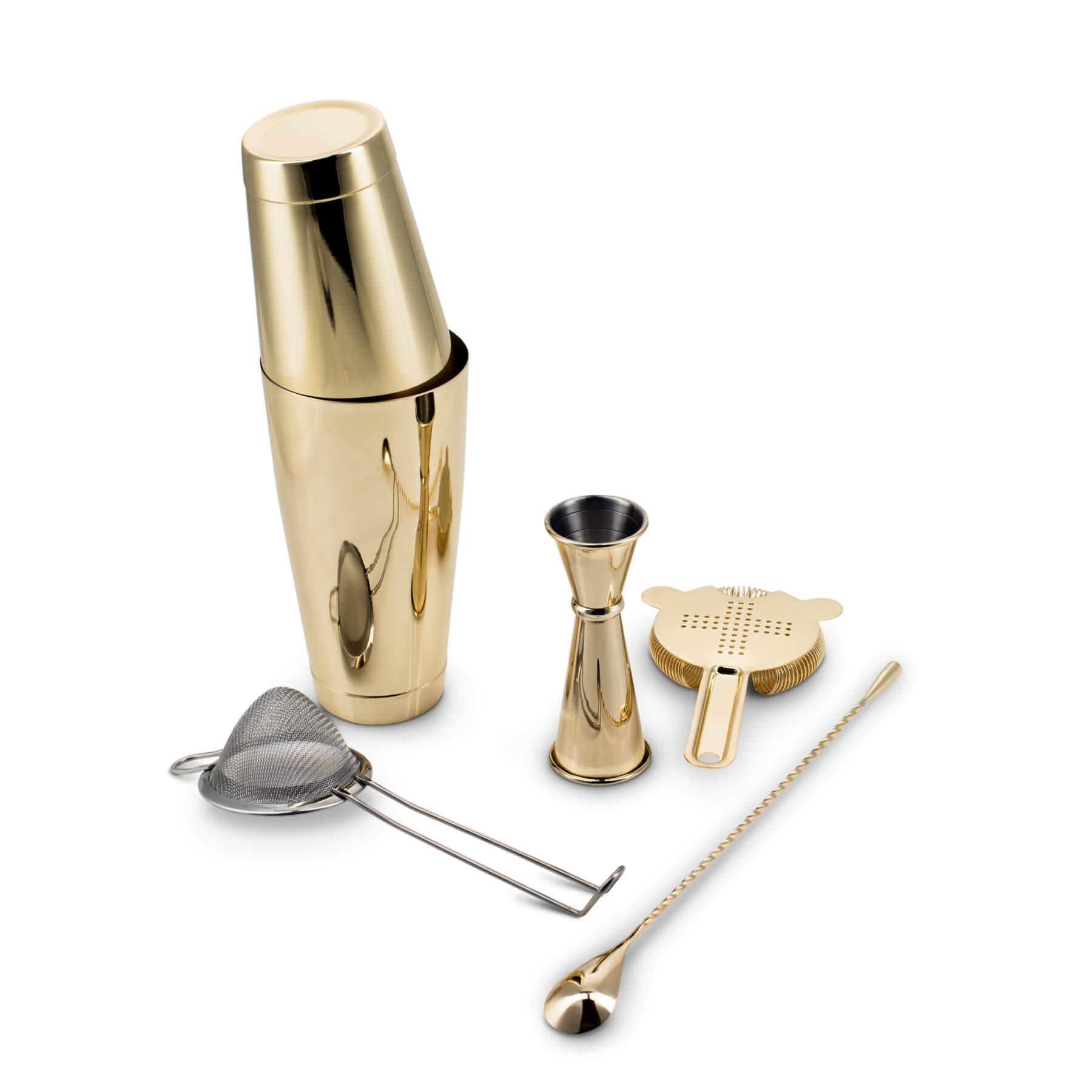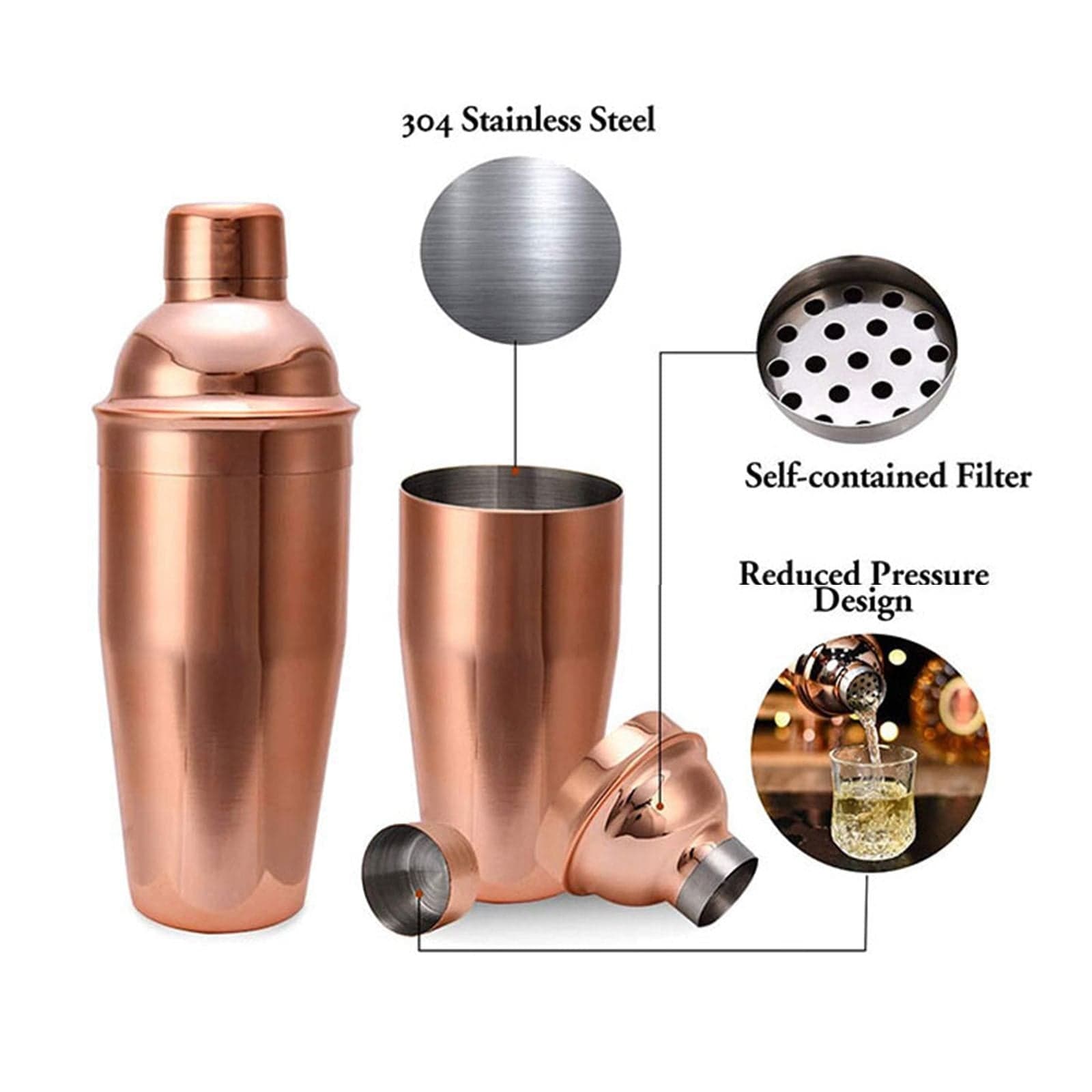
Gold Mixology Bartender Kit Cocktail Shaker Set by Barillio: Drink Mixer Set with Bar Tools, Bamboo Stand Cocktail Mixer Liquor Pourers Mojito Muddler Mixing Spoon Jigger Recipes Booklet: Buy Online at Best

JNWINOG Mixology Bartender Kit, 11Pcs-Cocktail Shaker Set Gold Drink Mixer with 25oz Martini Shaker,Muddler,Bar Spoon and More Professional Bar Cart Accessories for Home and Bartender.(Gold): Buy Online at Best Price in UAE -

X-cosrack 18-Piece Bar Set,Gold Cocktail Shaker Set for Drink Mixing:Stainless Steel Bar Tools with Rotating Stand,Professional Bartender Kit for Home Bars, Parties | Walmart Canada

Cocktail Shaker Set, Gold Plated Stainless Steel Shakerelevated Craft Hybrid Cocktail Shaker | Fruugo AE

Premium Cocktail Shaker Bar Tools Set,9 Piece Brushed Gold Bartending Kit,Comes with Dublin glass martini shaker,Professional Bartender Drink Making Tools | Travel bar set, Cocktail set, Bar set

Cooks Professional 10-Piece Cocktail Set | Stainless Steel | Recipe Book Included | Rose Gold - Cooks Professional

Gold 23-Piece Bartender Kit Cocktail Shaker Set by BARILLIO: Stainless Steel Bar Tools With Sleek Bamboo Stand, Velvet Carry Bag & Recipes Booklet: Buy Online at Best Price in UAE - Amazon.ae

Buy Canisa Premium Cocktail Shaker Set - Gold Cocktail Making Set with Glass Cocktail Shaker and Jigger, Cocktail Kit Presented in a Luxury Gift Box Online at desertcartUAE

Etens Gold Cocktail Shaker, Martini Shaker 24oz with Built-in Strainer for Bartender Bartending, Bar Shakers Tin for Drinks Mixing | Golden | Stainless Steel | Cobbler: Buy Online at Best Price in

Buyer Star Cocktail Shaker Bar Set, 25oz Gold Martini Shaker, Juice Shaker, Fast Cooling Drink, 8-piece Bartender Kit Drink Bartender Stick Tool Set: Buy Online at Best Price in UAE - Amazon.ae













